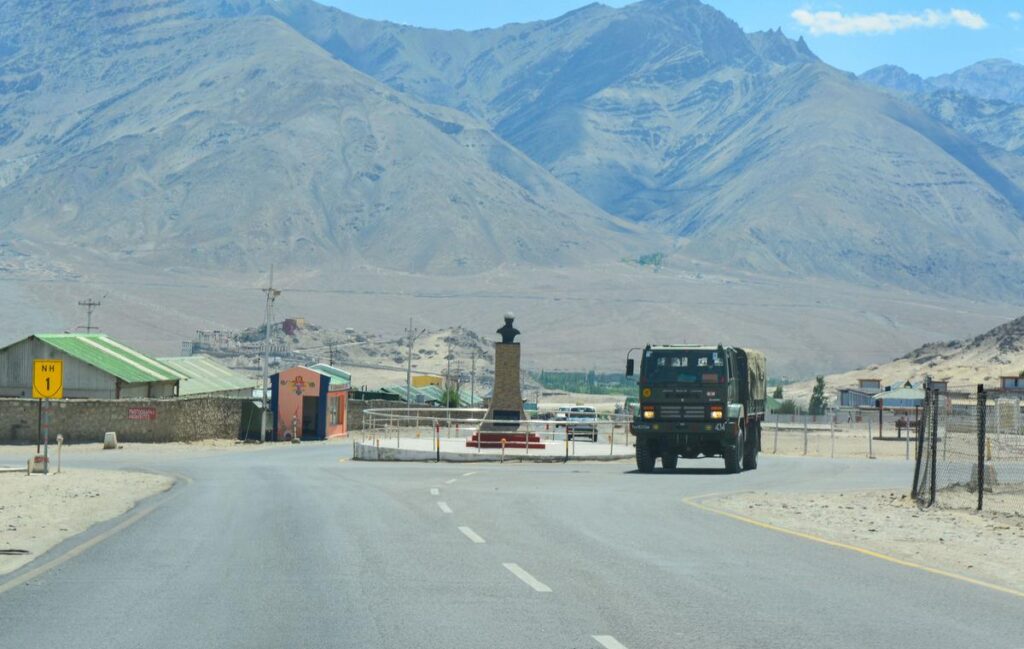According to a source in India’s defense establishment, Indian troops have not been able to access several patrolling points in eastern Ladakh for over two years, since the Galwan clash with Chinese forces.
The source also revealed that, as part of the understanding reached during talks between the two sides, neither India nor China have been patrolling certain well-known areas after the disengagement. The source stated that patrolling in these areas was disrupted in 2020 due to the events of that year. Prior to April-May 2020, these points were regularly patrolled by both sides, but China began amassing troops near the Line of Actual Control (LAC) in eastern Ladakh at that time.
According to a defense source, both India and China are not patrolling certain well-known areas in eastern Ladakh as per the understanding reached during talks after the disengagement. This understanding is based on the principle of equal and mutual security, without prejudice to the claims of either side regarding the Line of Actual Control (LAC). The two sides are currently in talks to resolve outstanding issues, including the issue of patrolling. The source also mentioned that on June 15, 2020, after 20 Indian soldiers were killed in clashes with the Chinese People’s Liberation Army (PLA), measures were taken to ease the situation at the LAC, including the creation of “no-patrolling zones” or “buffer zones” by both sides. Four PLA soldiers were also killed during the Galwan clashes.
There are 65 PPs in eastern Ladakh, starting from the base of the Karakoram to Chumar. PPs are the end points along the undefined LAC up to which the Indian troops patrol after starting from their respective base camps. PPs are often used to assert territorial claims along the undefined LAC.
In September 2020, Defence Minister Rajnath Singh had informed the Parliament that face-offs with the Chinese PLA happened because “patrols were interrupted” and there was no commonly delineated LAC, meaning that there was an overlap in LAC perception in many areas.
Some of the PPs that are not being patrolled are PP 5-9 in Samar Lungpa, PP 10-13 in Depsang, PP 14, PP 15, PP 17A, Finger 3-8 on the North Bank of Pangong Tso, PP 36 and 37 in Demchok, and PP 50 and 51 at Charding Nilung Nala (CNN) Junction, the government source said.
As reported by The Hindu on September 20, the village head of one of the last settlements along the LAC in Chushul said on Tuesday that in the past year, at least three large grazing areas near the village have been turned into “buffer zones” and graziers have lost access to 41 km of land. The government source said that there are 19 grazing areas, all in Ladakh, that locals have not been able to access due to the ongoing crisis.
Following the standoff in 2020, there was a spurt in infrastructure development in the border areas. Arrangements were made to accommodate 22,000 troops, and approximately 450 armoured vehicles, tanks and guns have been constructed in the last two years.
India and China are positioned in close proximity at multiple locations along the LAC and the senior military commanders have held 17 rounds of meetings so far.
Source: The Hindu


